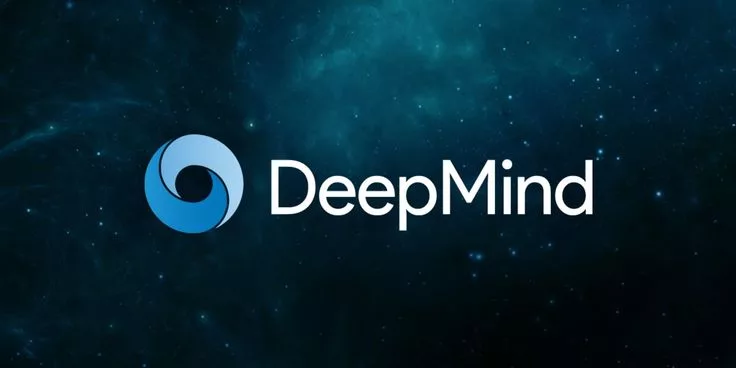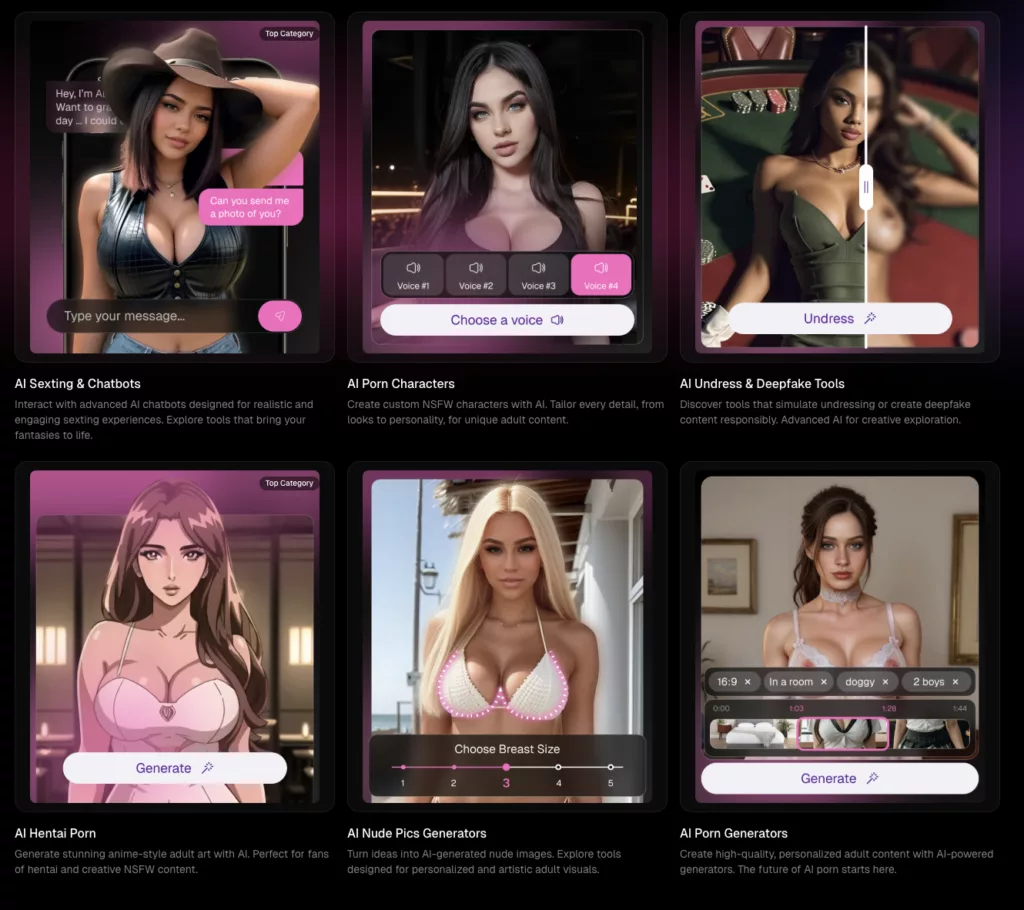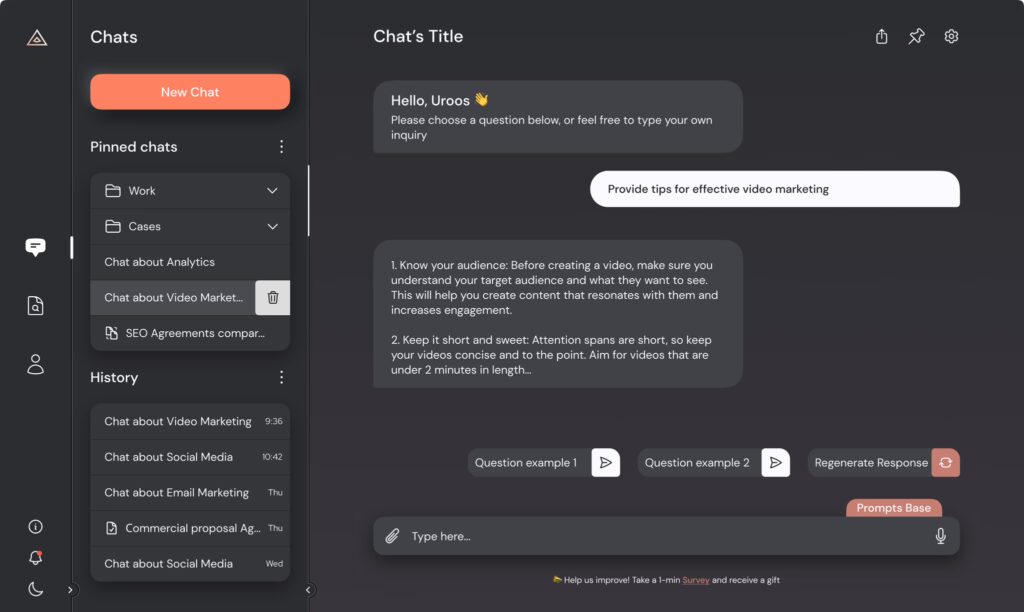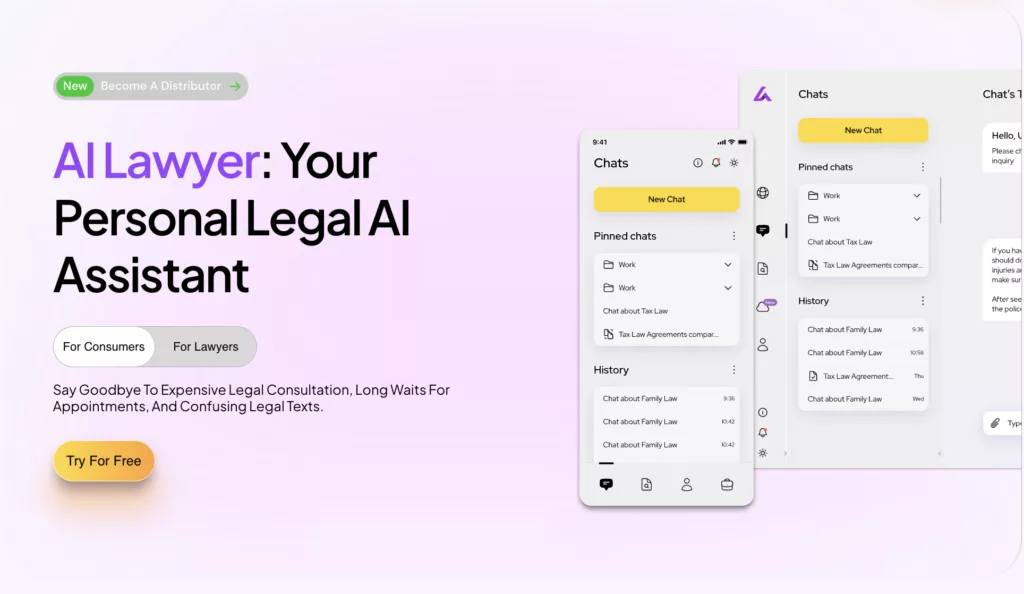Artificial Intelligence (AI) has been one of the fastest-growing technologies of the last decade, transforming everything from healthcare and finance to media and entertainment. According to a 2023 report by MarketsandMarkets, the global AI market is projected to reach USD 190.61 billion by 2025 (Source). Meanwhile, estimates for 2024 indicate the AI market will surpass USD 150 billion, reflecting strong year-over-year growth. This exponential expansion is fueled by the convergence of big data, powerful computing capabilities, and continuous algorithmic improvements. Looking ahead to 2025, it’s clear that AI’s role will only become more deeply embedded in the global economy and our everyday lives.
In this article, we’ll explore eight key areas where AI is making its mark: Medicine, Science, Video, Text, Sports, Erotics, AI Assistants, and Legal Tech. Each section provides an overview of the domain, a brief forecast for 2025, and an example of a real-world AI service already making strides in that sector.
1. AI in Medicine
Overview
AI in medicine has advanced rapidly in recent years, driven by the need for faster and more accurate diagnoses, personalized treatment plans, and cost-effective healthcare solutions. Machine learning models can now detect tumors in medical images with accuracy rates rivaling human radiologists. The application of AI extends to robotic-assisted surgeries, where precision robots help reduce post-operative complications, and telehealth platforms that streamline patient-doctor interactions.
Another growing trend is the use of AI in predicting disease outbreaks. For instance, researchers are using algorithms to analyze social media data and hospital records for real-time epidemic tracking. IBM Watson Health, a pioneering AI solution, has contributed to speeding up oncological research and patient data management. According to a 2022 Deloitte survey, 35% of large healthcare providers in the U.S. have integrated AI-driven diagnostic tools into their daily workflows (Source).
Forecast for 2025
By 2025, experts predict that AI-driven diagnostic tools will see a 50% adoption rate among major hospitals worldwide, greatly reducing diagnostic errors. Personalized medicine—customized to a patient’s genetic makeup—will also be more accessible, thanks to data-driven insights from vast genomic databases. Clinical decision support systems, powered by deep learning, could further mitigate clinician burnout by handling routine tasks and streamlining medical record analysis.

Service Example: IBM Watson Health
(General site: www.ibm.com/watson-health)
This platform provides AI-enhanced solutions for healthcare decision-making, focusing on research, analytics, and diagnostics.
2. AI in Science
Overview
AI is accelerating discoveries in physics, chemistry, astronomy, and more. Machine learning algorithms can sift through massive scientific datasets—like those from the Large Hadron Collider—faster than any human team. This high-level pattern recognition is helping identify subtle phenomena and generate hypotheses for further investigation. Large-scale climate models also rely on AI to improve predictions about global warming and extreme weather events.
In addition, AI-driven drug discovery is shortening the time it takes to develop new treatments. By analyzing molecular structures and running advanced simulations, researchers can identify promising drug candidates in a matter of months rather than years. A 2021 survey by Nature reported that 80% of biotech companies are actively integrating AI for at least one stage of their R&D processes (Source).
Forecast for 2025
Looking ahead, AI will likely become an indispensable “partner” for scientists, automating routine lab work and providing predictive modeling at an unprecedented scale. We can expect AI to reveal entirely new scientific paradigms by identifying patterns that human researchers might overlook. Collaborative networks—where multiple AI models share data and insights—will also push scientific progress forward in areas like clean energy, genetics, and advanced materials.

Service Example: DeepMind
(General site: deepmind.com)
Although not exclusively focused on one field, DeepMind’s AI research (including the well-known AlphaFold project) has revolutionized protein folding predictions, significantly impacting drug discovery and structural biology.
3. AI in Video
Overview
AI technologies for video are already reshaping entertainment, content creation, and social media. Algorithms can enhance video resolution (so-called “AI upscaling”), provide real-time object tracking, and automate editing tasks such as cutting and resizing for different platforms. According to Statista, the global video streaming market powered by AI recommendations is on track to surpass USD 120 billion by 2025 (Source).
AI also plays a role in content moderation, using computer vision to flag inappropriate footage before it reaches a wider audience. The movie and television industries are experimenting with AI for visual effects, enabling smaller studios to produce high-quality animations and CGI with fewer resources. Platforms like Runway ML and Synthesia have shown that AI can also generate entirely new video content or seamlessly integrate real actors into virtual settings.
Forecast for 2025
By 2025, we may see AI-driven interactive videos that adapt their storylines based on real-time viewer reactions—opening the door to a new kind of personalized entertainment. This is especially relevant for e-learning, where interactive lessons can tailor themselves to each student’s engagement level. The growing sophistication of deepfake technology also raises questions of digital ethics, making robust detection algorithms and legal frameworks critical for responsible use.
Service Example: Runway ML
(General site: runwayml.com)
Runway ML provides an intuitive platform for video editing, content generation, and special effects through machine learning, making advanced video manipulation accessible to a broad user base.
4. AI in Text
Overview
Text-based AI has gained significant momentum, primarily through developments in Natural Language Processing (NLP). Models like GPT-4, BERT, and others have set new standards for language understanding, content creation, and sentiment analysis. A 2022 survey by McKinsey noted that 44% of companies globally already use AI-based text analysis for tasks like customer service, social media monitoring, and automated reporting (Source).
Beyond corporate use, AI text generators are influencing journalism, marketing, and even creative writing. Some newspapers use AI for quick fact-based reports (like sports scores or financial updates), allowing human reporters to focus on investigative pieces. Machine translation tools, such as Google Translate and DeepL, have also become indispensable for global communication.
Forecast for 2025
Expect advanced NLP models to handle more subtle linguistic nuances, including sarcasm, cultural references, and emotional context. AI-driven writing assistants could become standard in schools, workplaces, and personal communication tools, offering real-time suggestions for style, grammar, and structure. On the flip side, the potential for AI-generated misinformation—particularly in social media—will necessitate robust detection systems and public awareness.

Service Example: OpenAI’s GPT-4
(General info at: openai.com)
While not a stand-alone service site, GPT-4 remains the cornerstone for AI-driven text applications, from customer support bots to advanced content generation.
5. AI in Sports
Overview
From analyzing player performance to predicting game outcomes, AI has transformed sports analytics. Professional teams use sensors and wearables to collect detailed data on athletes, which is then processed by machine learning to optimize training regimens, reduce injury risks, and develop game strategies. Broadcasters apply AI for automated highlight generation, personalizing clips for fans based on their favorite players or teams.
The sports betting industry also benefits from AI-driven predictive models that calculate real-time odds and probabilities. A 2019 report by the Sports Tech World Series found that 60% of pro sports teams in North America had employed data scientists or AI experts to improve team performance and fan engagement (Source).
Forecast for 2025
By 2025, AI could advance to the point of providing fully automated coaching insights—going beyond raw data to recommend real-time tactical changes during games. Expect virtual reality training modules integrated with AI to allow athletes to practice plays in simulated environments that adapt to their performance. Fan engagement will also evolve, with personalized AR/VR experiences that bring stadium energy directly into viewers’ living rooms.

Service Example: Stats Perform
(General site: statsperform.com)
Stats Perform uses AI and data analytics to deliver insights, real-time updates, and predictive models for broadcasters, professional teams, and betting companies.
6. AI Generated Porn
Overview
AI’s presence in the adult industry has been growing, providing automated content tagging, personalized recommendations, and even generative models that create entirely new content. The adult sector often adopts new technology quickly, driven by a combination of high demand and fewer traditional media barriers. Tools can now tailor suggestions to users’ preferences, using machine learning to refine content catalogs.
At the same time, ethical considerations and age verification technologies are increasingly paramount. A 2021 study by the U.S. Internet Safety Taskforce emphasized that AI-based content moderation in adult platforms was essential for preventing underage or non-consensual material from surfacing (Source).
Forecast for 2025
Expect more interactive and immersive experiences, potentially through AI-driven virtual reality or augmented reality. Real-time AI filters could help detect and prevent harmful content, while advanced preference analytics will make recommendations more precise. However, these advances will likely require robust legal frameworks to address privacy, consent, and data protection.

Service Example: AIPorn.red
(Link: aiporn.red)
AIPorn.red focuses on AI-generated adult content, utilizing machine learning to create personalized user experiences while also adopting filtering mechanisms to uphold content guidelines.
7. AI Assistants
Overview
AI assistants serve as personal helpers, automating tasks from scheduling to answering queries. Tools like Siri, Alexa, and Google Assistant paved the way, but newer, more specialized assistants focus on business operations, coding help, or content creation. According to a 2022 PwC report, over 55% of global consumers are comfortable interacting with AI-driven chatbots for customer support (Source).
Modern AI assistants can integrate with calendars, emails, and various apps, reducing the need for manual data entry and offering proactive suggestions. Voice recognition improvements have also made voice-controlled AI assistants more accessible, aiding people with disabilities and those in situations where hands-free operation is necessary (e.g., driving).
Forecast for 2025
Looking ahead, AI assistants will likely become ubiquitous in both personal and professional spheres. They might proactively initiate tasks, like ordering groceries when your fridge is low on essentials, or summarizing hours of video calls into actionable bullet points. With improved natural language understanding, these assistants will handle more complex commands, potentially becoming an integral part of daily life.

Service Example: AI Assistant
(Link: aiassistant.so)
AI Assistant offers a versatile platform that integrates with productivity suites, communication apps, and scheduling software, aiming to streamline personal and business workflows through advanced natural language interactions.
8. AI For Lawyers
Overview
While historically conservative, the legal sector is increasingly embracing AI to handle research, document review, and even preliminary case analysis. By automating routine tasks, legal professionals can focus on strategic thinking and client interactions. A 2023 report by LexisNexis indicated that 65% of law firms in the U.S. are either using or planning to use AI-powered solutions for contract analysis and e-discovery (Source).
AI can rapidly analyze vast legal databases, looking for precedents, relevant statutes, and potential contradictions in case files. This helps attorneys prepare stronger arguments faster. Some firms are experimenting with AI chatbots to provide basic legal advice, especially for frequently asked questions in fields like immigration or family law.
Forecast for 2025
As AI becomes more sophisticated, it may perform complex tasks like drafting legal briefs, predicting case outcomes with higher accuracy, and even providing scenario-based advice for settlement strategies. Ethical considerations and data security will be paramount, given the sensitive nature of legal documents. Nonetheless, the efficiency gains are projected to reshape client expectations, with faster turnaround times and more transparent billing.

Service Example: AI Lawyer
(Link: ailawyer.pro)
AI Lawyer specializes in automating legal document preparation and research, helping both legal professionals and clients navigate complex legal processes with greater speed and accuracy.
Conclusion
The year 2025 promises a future where AI is omnipresent—improving the way we heal, learn, entertain ourselves, manage our lives, and even handle our most sensitive legal matters. From AI in medicine diagnosing illnesses more accurately to AI in law drafting briefs more efficiently, the technology is on a fast track to becoming an invaluable ally across industries.
Balancing innovation with ethical considerations remains crucial. As AI’s reach expands, regulations, responsible development practices, and user education will all play pivotal roles in shaping outcomes that truly benefit society. For those looking to stay ahead of the curve, exploring services like aiassistant.so or ailawyer.pro might be the first step toward harnessing the immense potential of AI.
